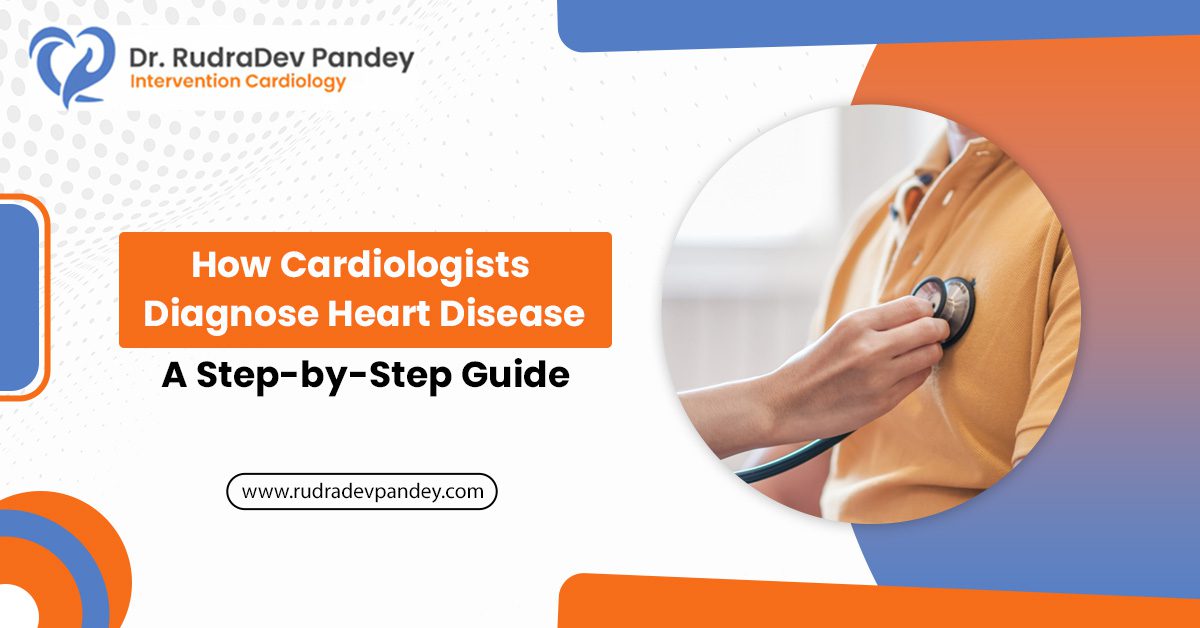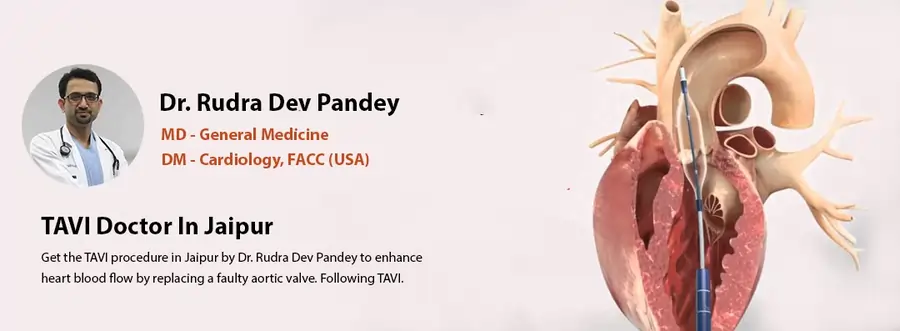
How Cardiologists Diagnose Heart Disease: A Step-by-Step Guide
When we think about heart treatment, we always get scared about how cardiologists diagnose heart disease. We required all the information so that later on, we would not face any issues. That is why we are here to provide the information on diagnosis. It is the very first method that is done by the doctor to find out the causative problem and to provide the treatment on that basis. Indirectly and directly, it is one of the most critical paths for the person. Let’s dig into this blog and read about how cardiologists diagnose heart disease simply and understandably.
Heart Disease Step-by-Step Guide
Sometimes we don’t notice the symptoms of heart disease, but regular checkups and early diagnosis can help prevent heart disease from becoming more complicated. Thus, here is a Heart Disease Step-by-Step Guide that explains how cardiologists identify heart problems.
How Cardiologists Diagnose Heart Disease
Step 1: Understand the patient’s medical history.
As the first and most important step, comprehensive information should be collected regarding the patient’s medical and family history. A cardiologist in Jaipur will inquire about lifestyle, which includes history of smoking, alcohol consumption, stress levels, and medical history of diabetes or high blood pressure.
Patients typically have symptoms of heart disease, such as chest pain, shortness of breath, or fatigue, which are causes of angina pain, which are the early warning signs. These may be symptoms of a serious condition, such as blocked arteries or angina, which needs immediate evaluation.
Step 2: Physical Examination
The patient undergoes a comprehensive physical examination to detect any noticeable symptoms of heart problems, like listening to your heart for murmurs or abnormal beats, or swelling in your legs or belly, which could indicate fluid retention or circulation problems.
An experienced cardiologist in Jaipur can identify subtle abnormalities during this step, which helps guide the next course of tests.
Step 3: Electrocardiogram (ECG)
An ECG is a quick, non-invasive test that records your heart’s electrical activity. It can identify arrhythmias, previous heart attacks, and signs of strain on the heart muscles. If you are showing any potential symptoms of blocked arteries, then this test is very helpful.
Step 4: Stress Test (TMT)
A treadmill stress test is used to see how the heart operates under physical stress. Your ECG, blood pressure, and heart rate are recorded while walking on a treadmill. This test can detect conditions like angina that don’t appear when the heart is at rest.
Step 5: Echocardiogram (Echo)
The test uses sound waves to produce live images of the heart. It tells you how effectively your heart is pumping blood and whether the valves and chambers are doing their job or not. However, a top heart specialist in Jaipur uses these tests for the identification of the lack of strength in heart muscles, defective valves, or any other congenital problem.
Step 6: Holter Monitor Test
When heart rhythm problems are not captured during a clinic visit, a Holter monitor may be suggested. Worn for 24-48 hours, this portable ECG device continuously records your heartbeat to identify irregularities such as palpitations or skipped beats.
It can be especially useful for detecting arrhythmias that occur throughout the day. This is how cardiologists diagnose heart disease by using the Holter monitor test.
Step 7: Blood Tests
It is done for identifying the signs of heart disease. Tests include cholesterol level (which increases the risk of heart disease), C-Reactive Protein (CRP) Test (measures inflammation in the body), Troponin Test (measures troponin level), and Blood Glucose Test (checks high glucose level).
Step 8: Coronary Angiography
If there is suspicion of significant blockage, a cardiologist can recommend a coronary angiography. This procedure, performed by an interventional cardiologist in Jaipur, requires contrast dye and X-rays that allow the cardiologist to see a detailed image of the blood flow through the coronary arteries. It is one of the most final tests in diagnosing blockages and in planning interventions, like stenting or bypass surgery.
Step 9: Cardiac CT or MRI
For more detailed imaging, cardiac CT or MRI will be performed, helping to visualise heart structures, adjacent vessels, and damaged tissue. This test is particularly useful for identifying uncommon or complicated diseases, and it is typically used when other test results are uncertain.
Final thoughts
Your heart communicates in tiny hints—listen early, act wisely! “Precision is the beginning of prevention.” At a trusted heart clinic, Dr. Rudra Dev Pandey, a leading Cardiologist in Jaipur, combines years of experience with advanced diagnostic tools to ensure early detection and expert care. Don’t wait for symptoms to shout—choose specialized attention today, because a healthy heart is not just a goal; it’s your lifelong rhythm.
